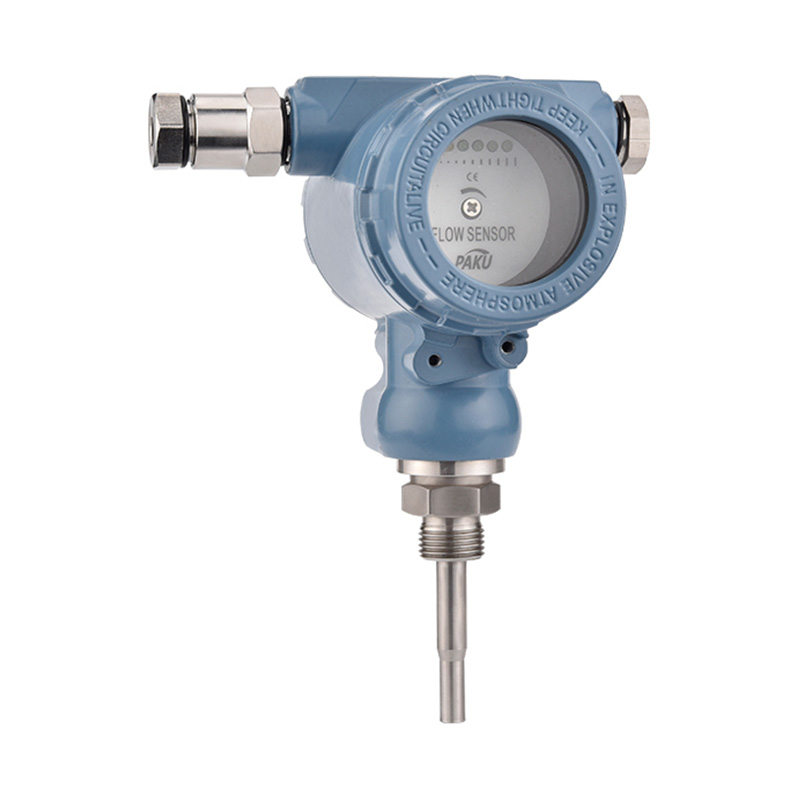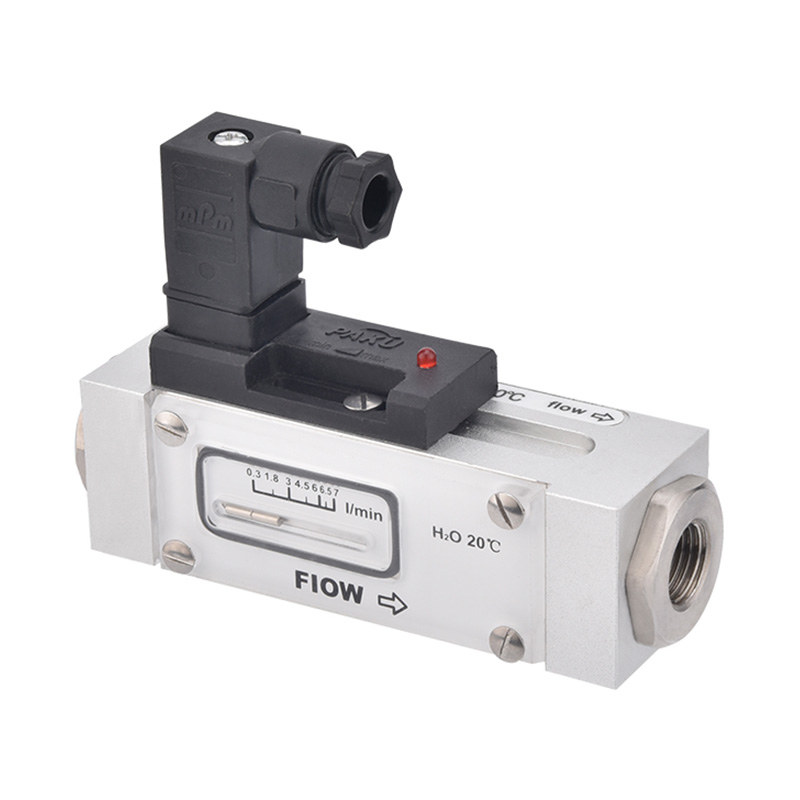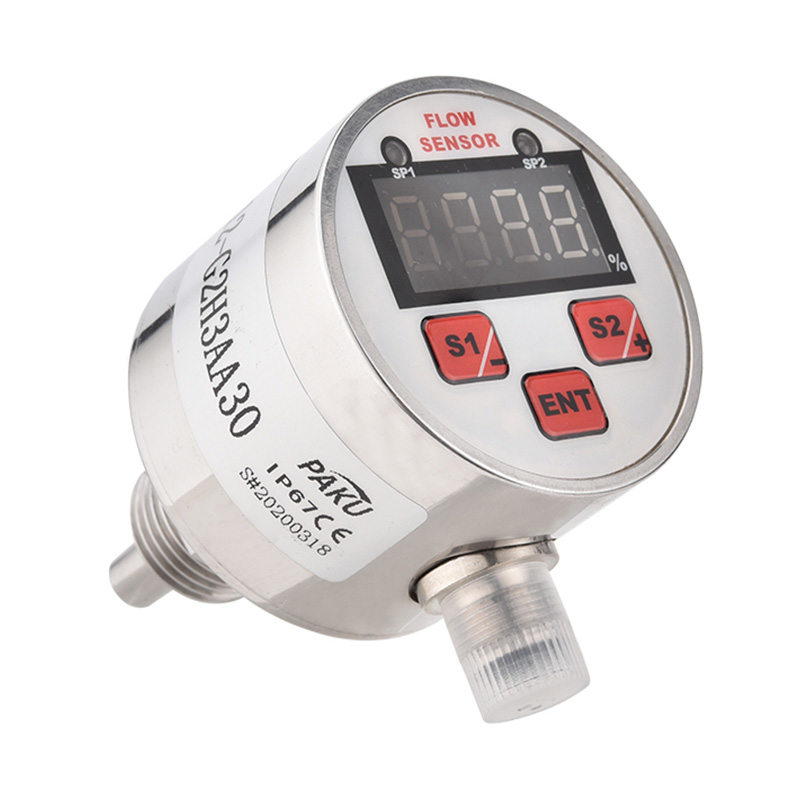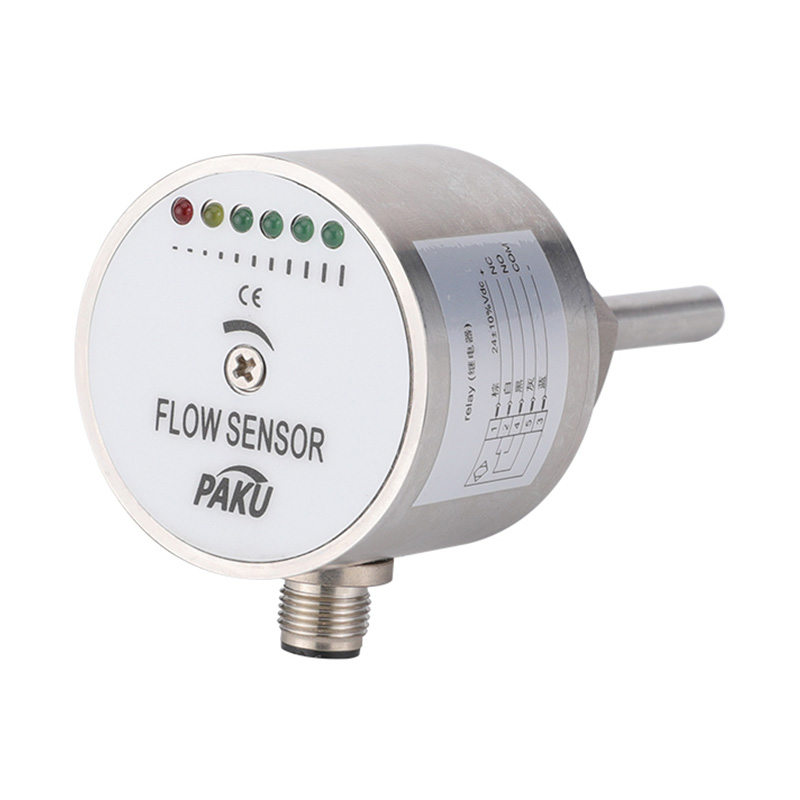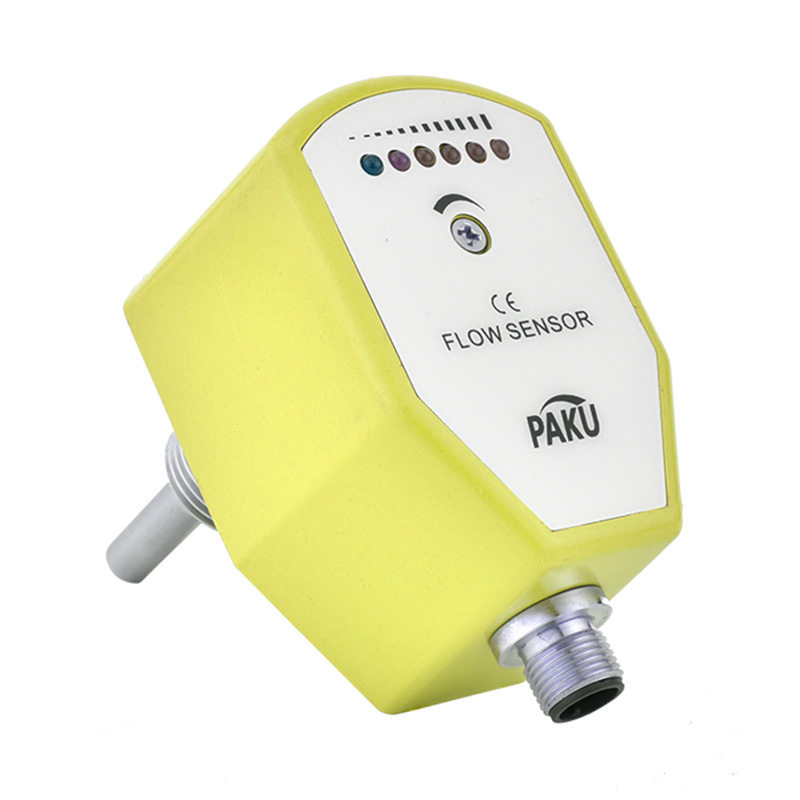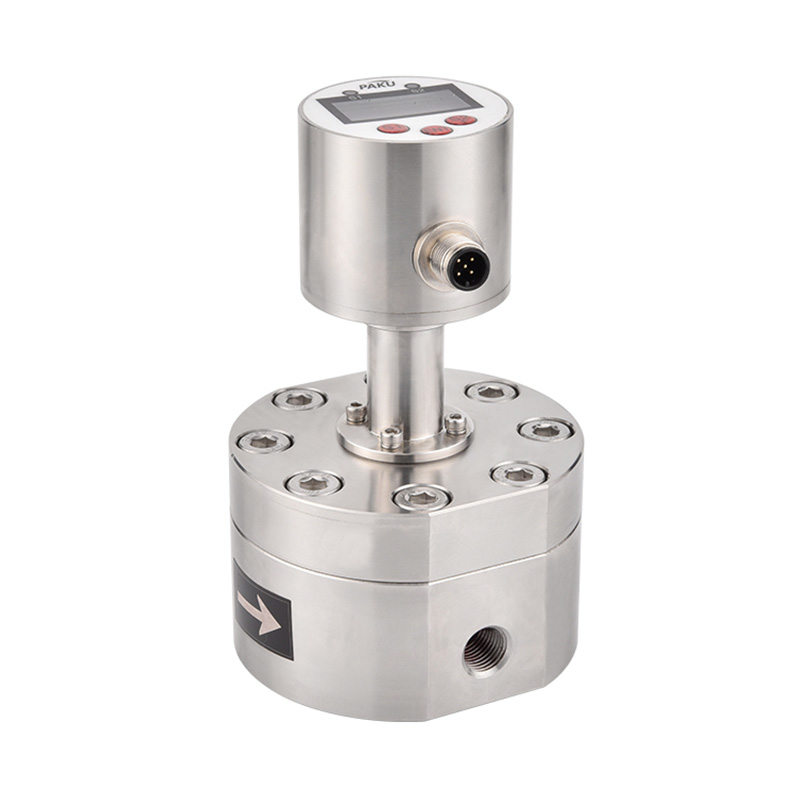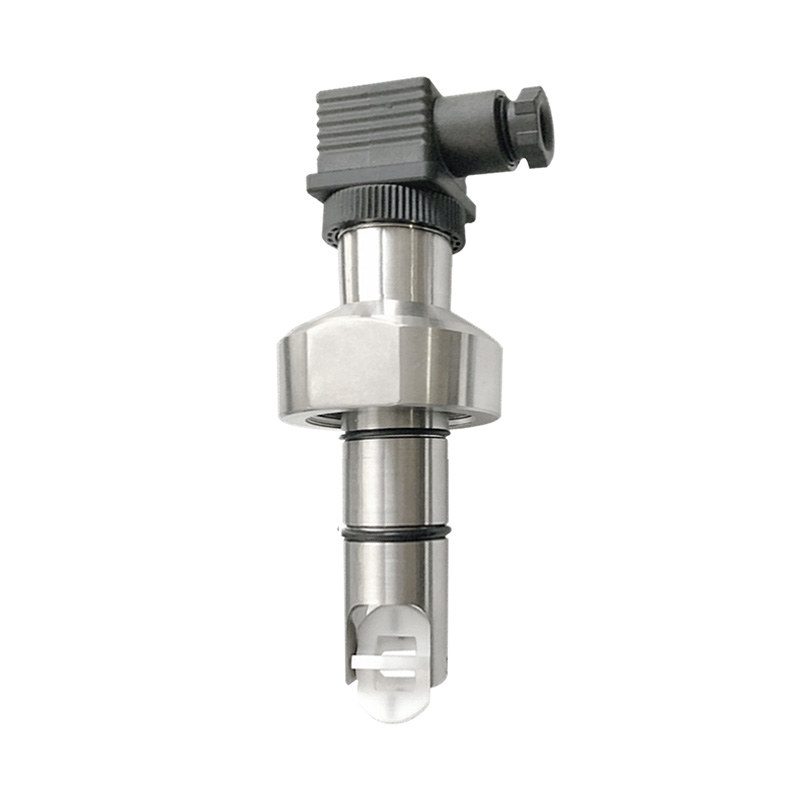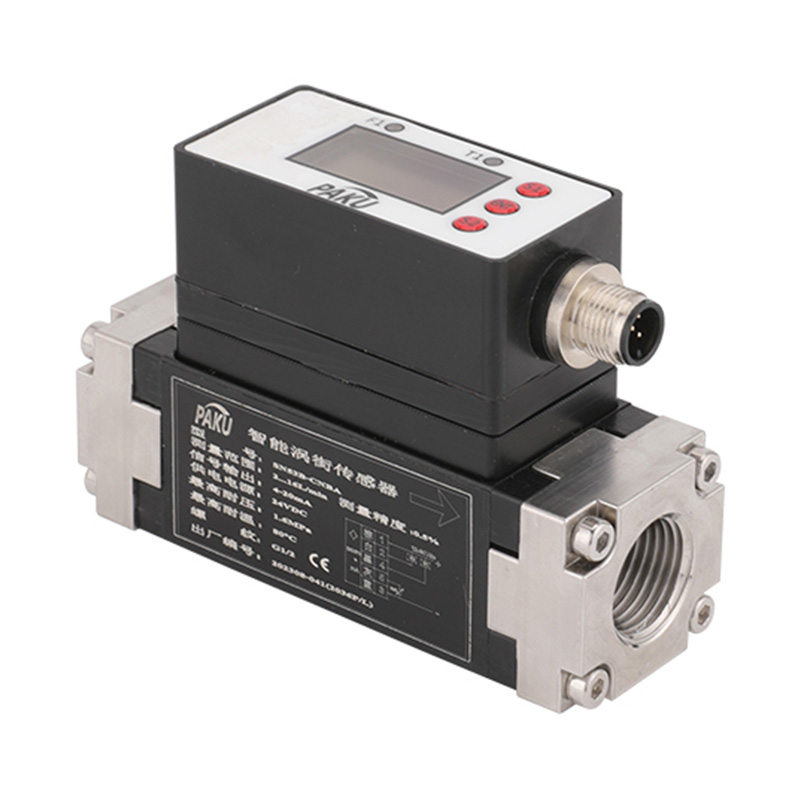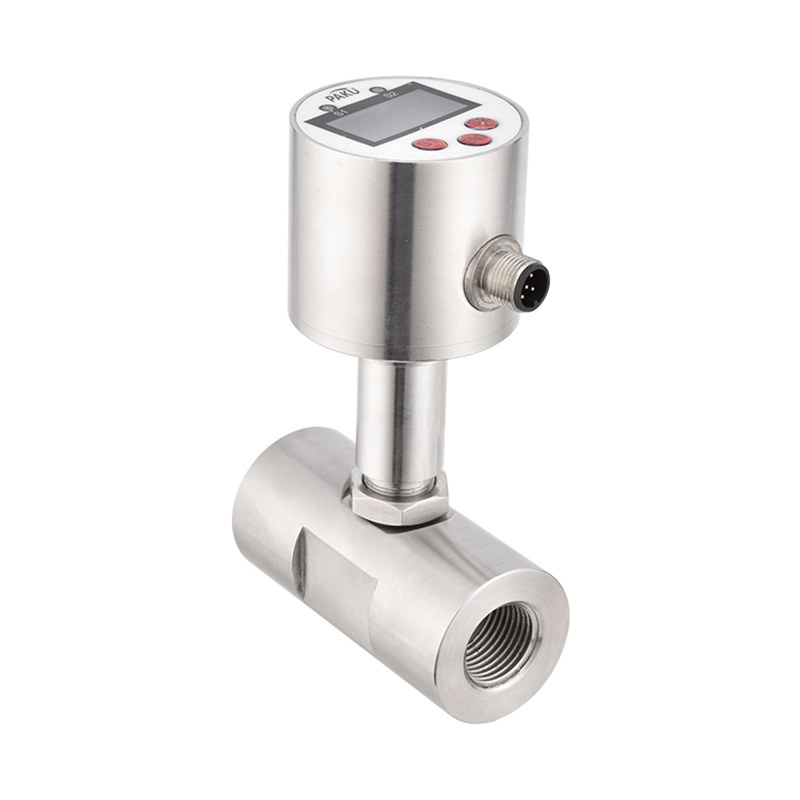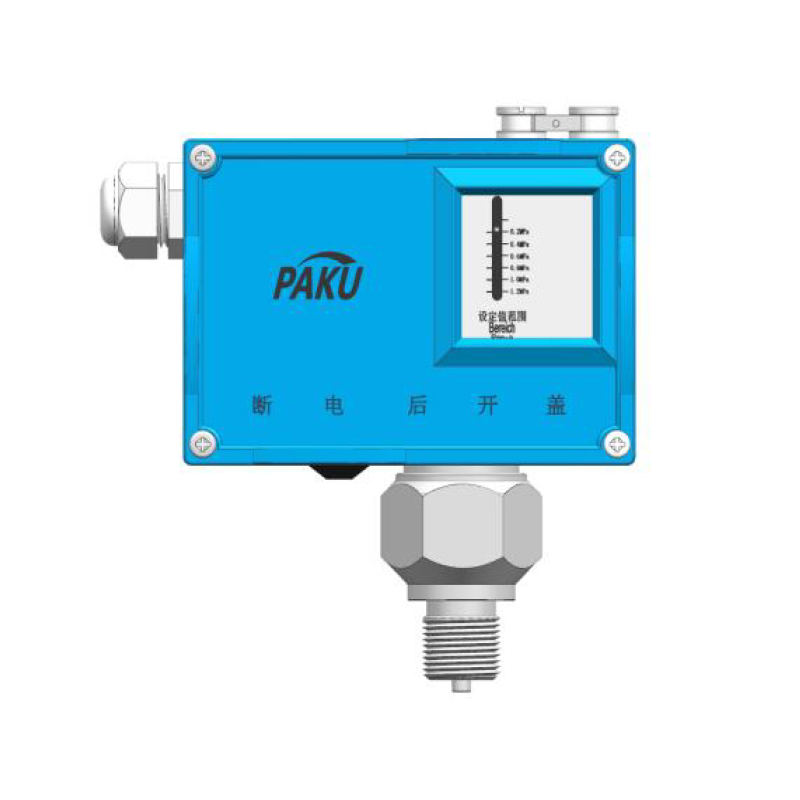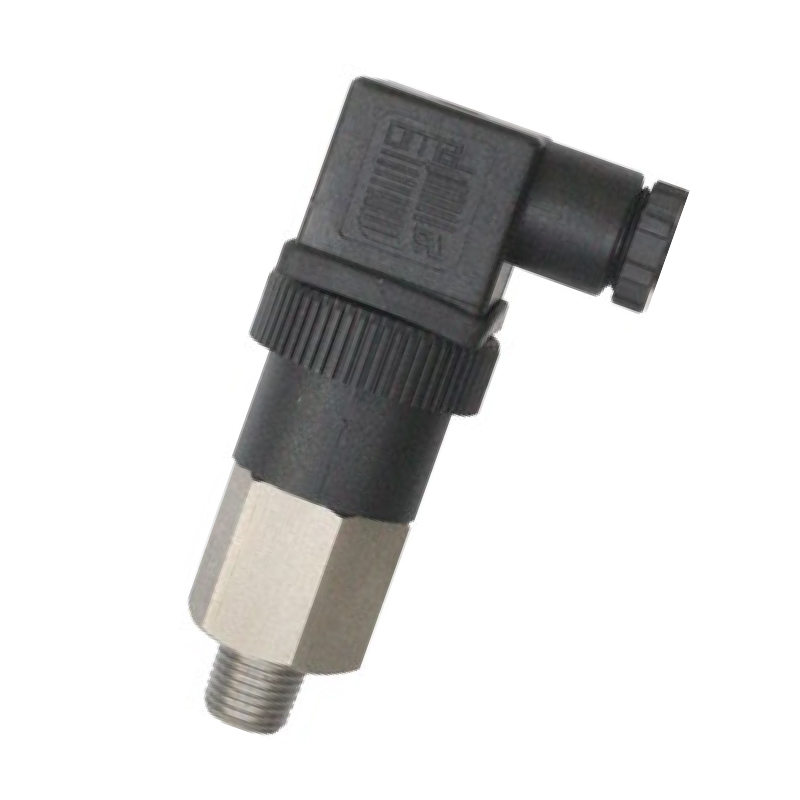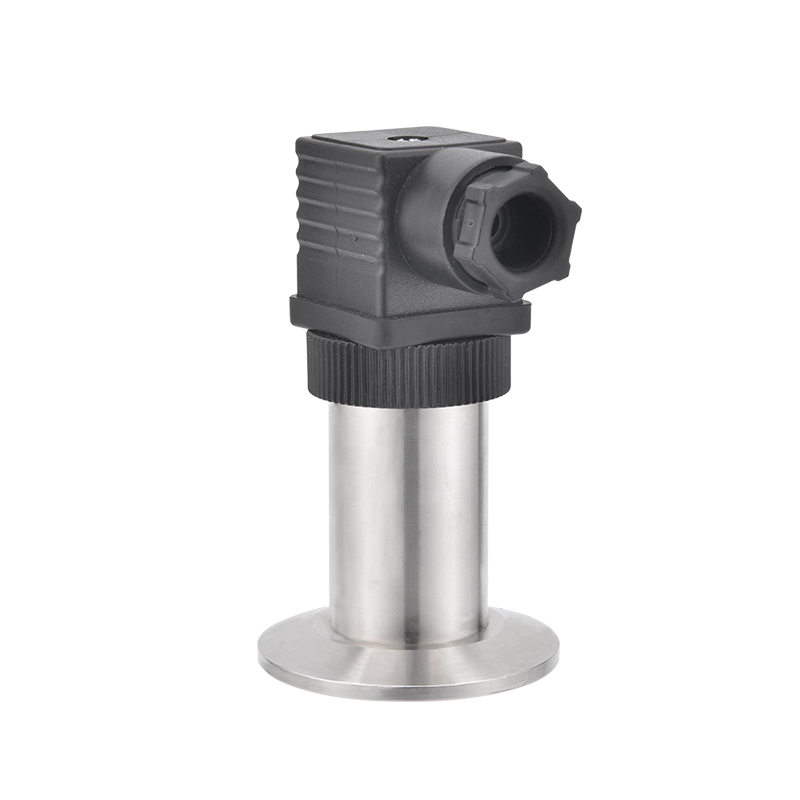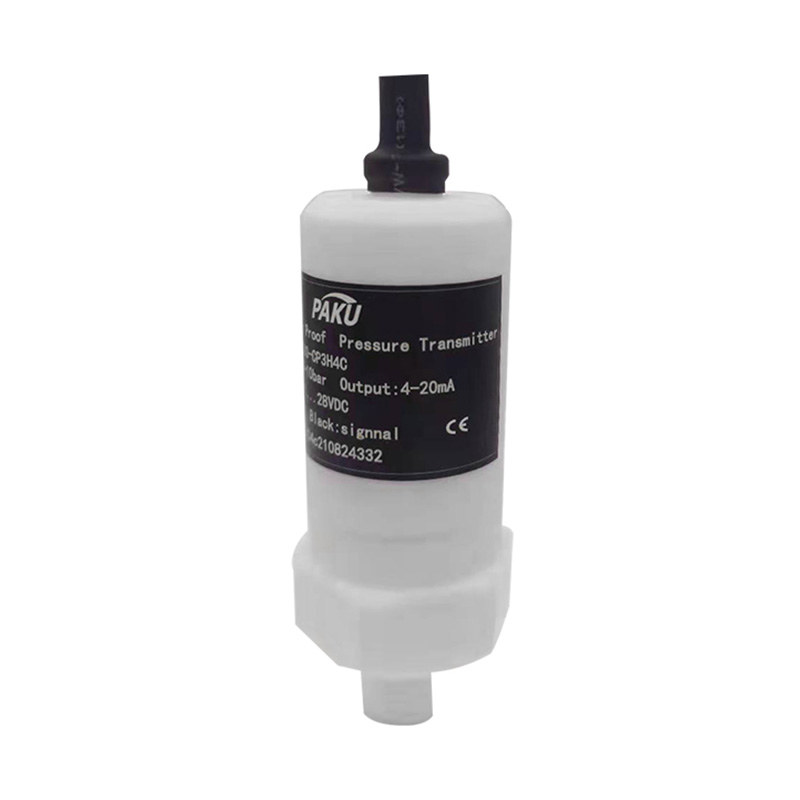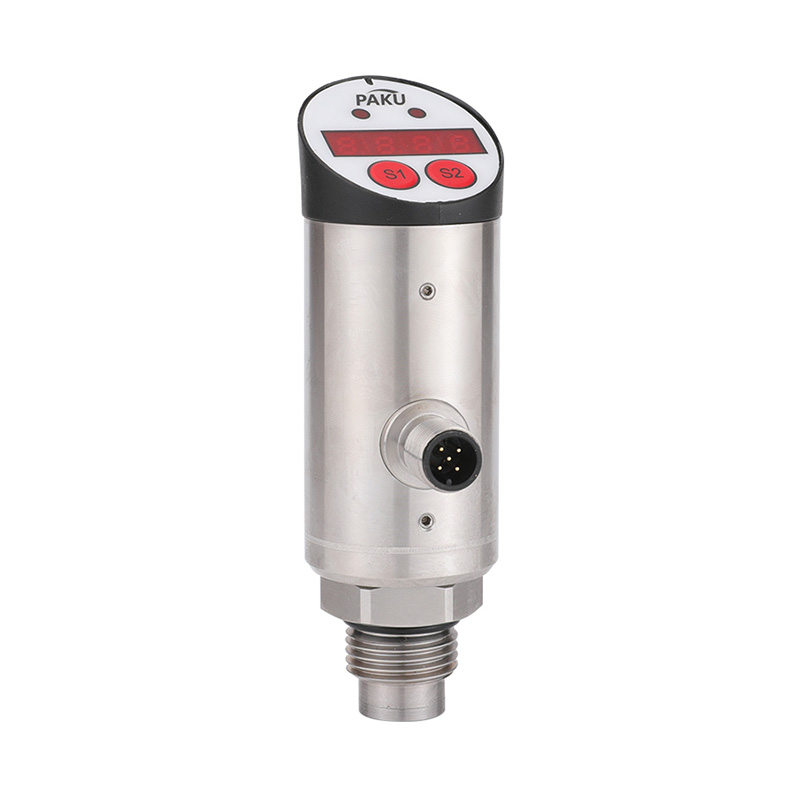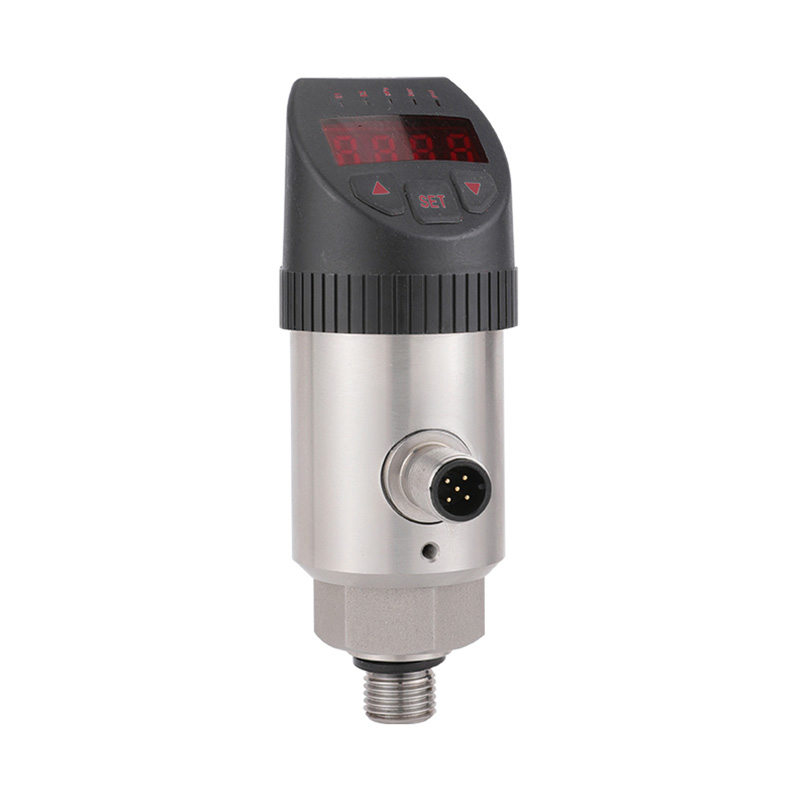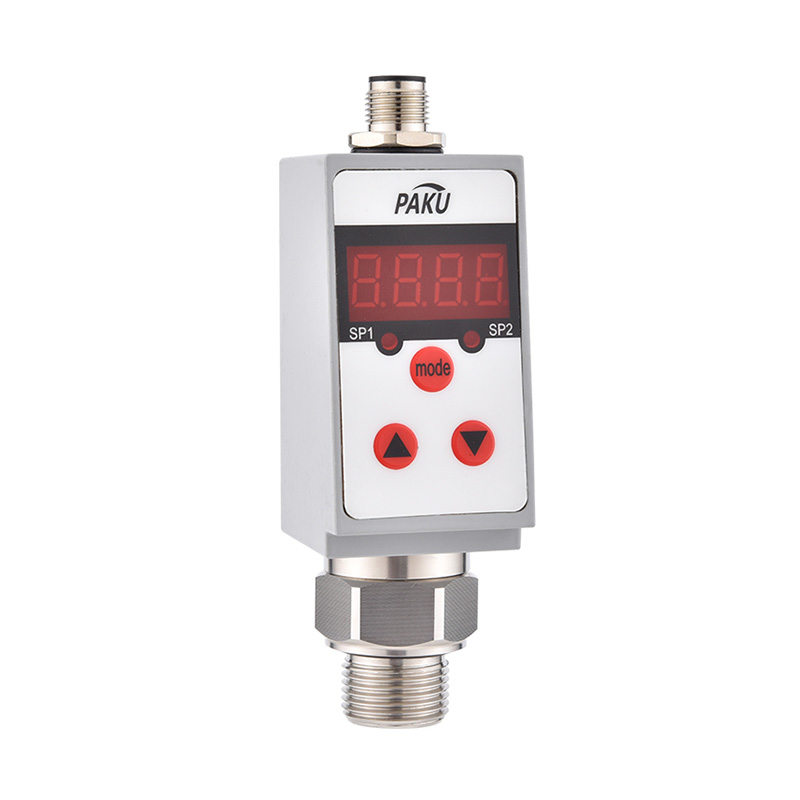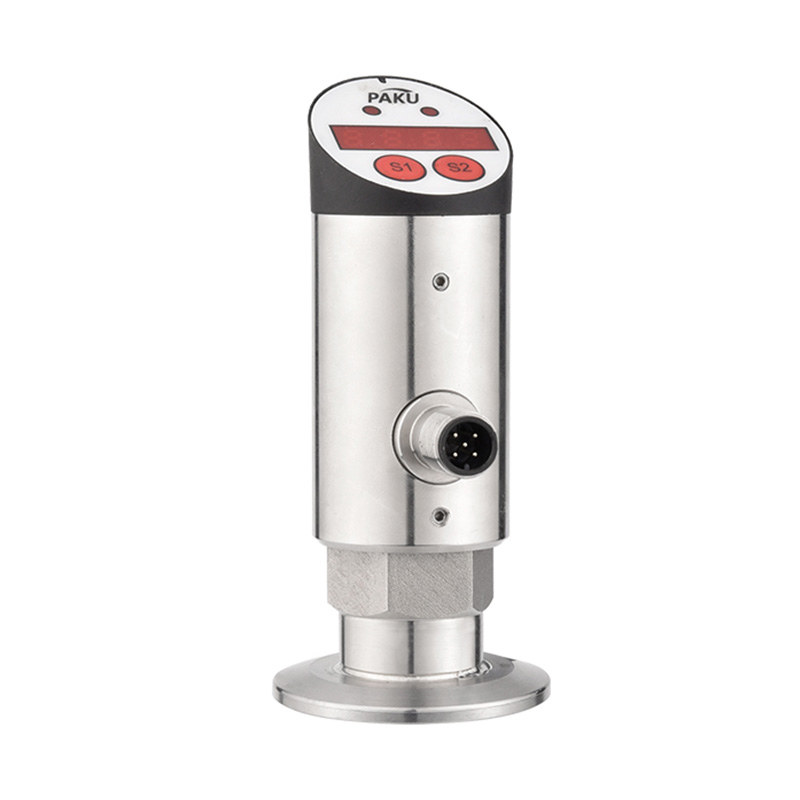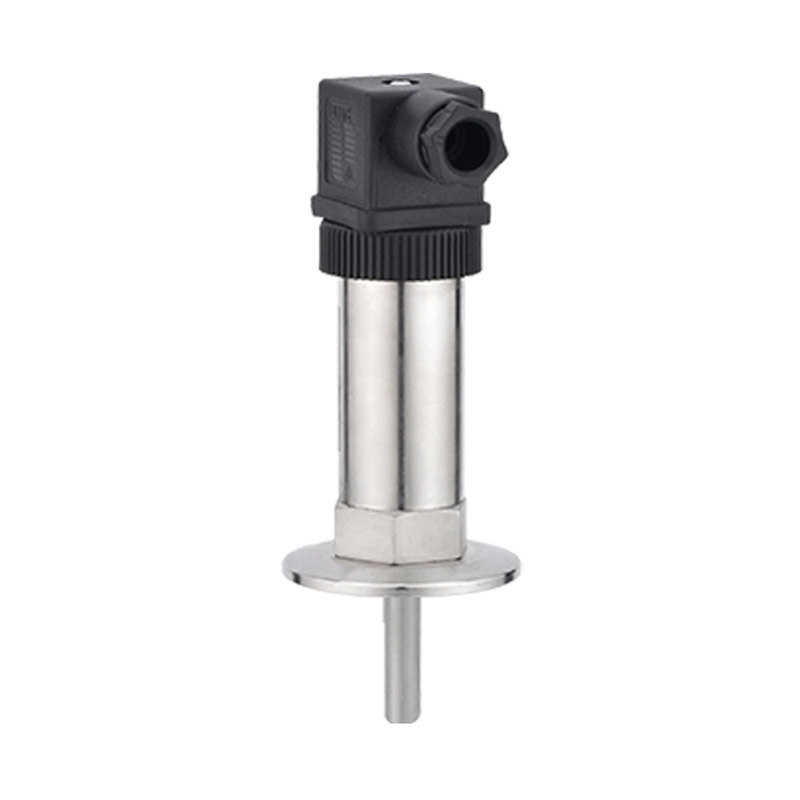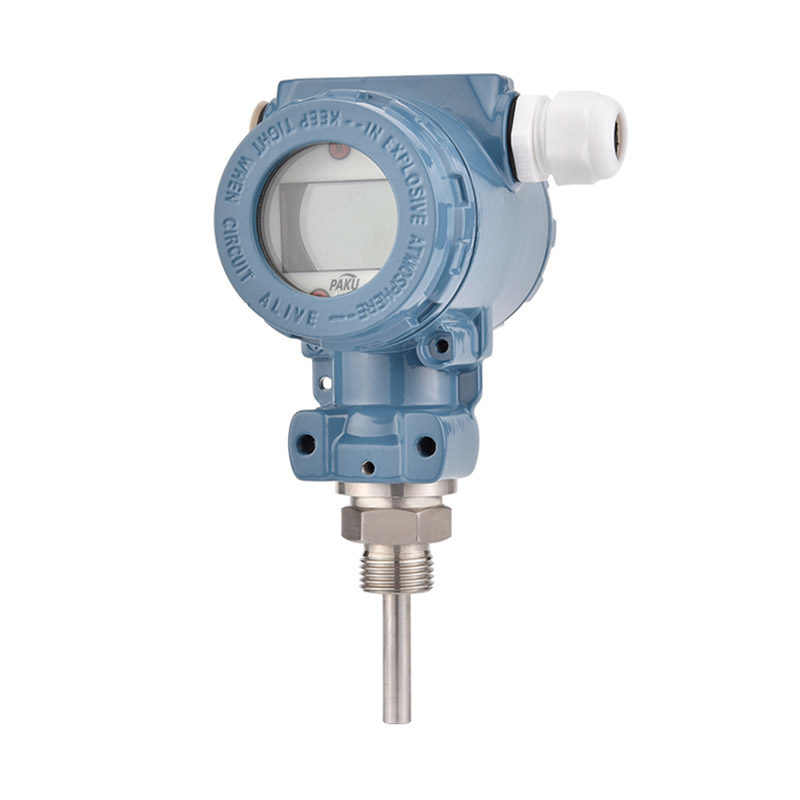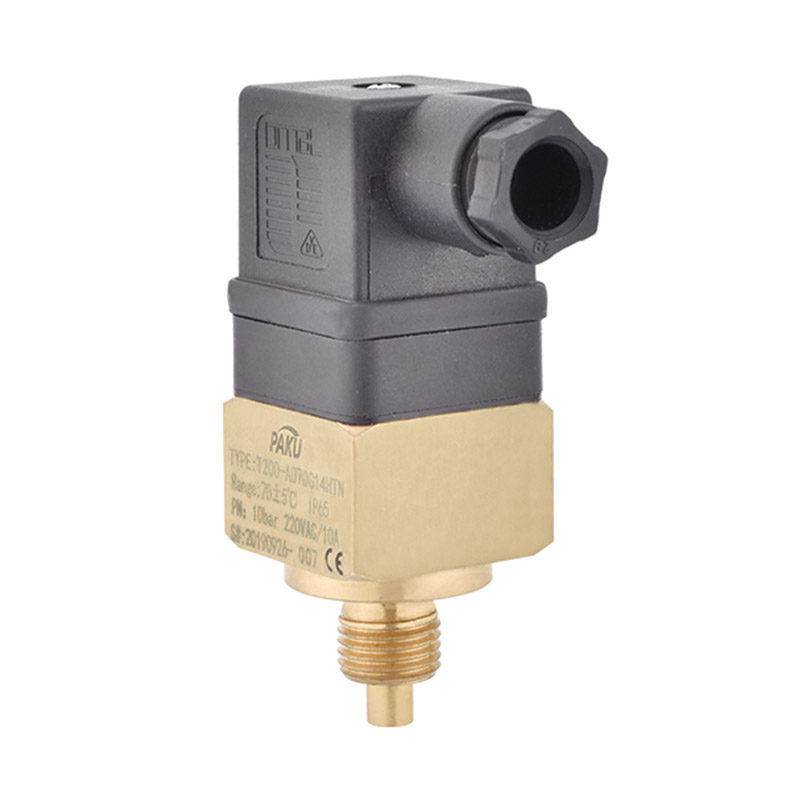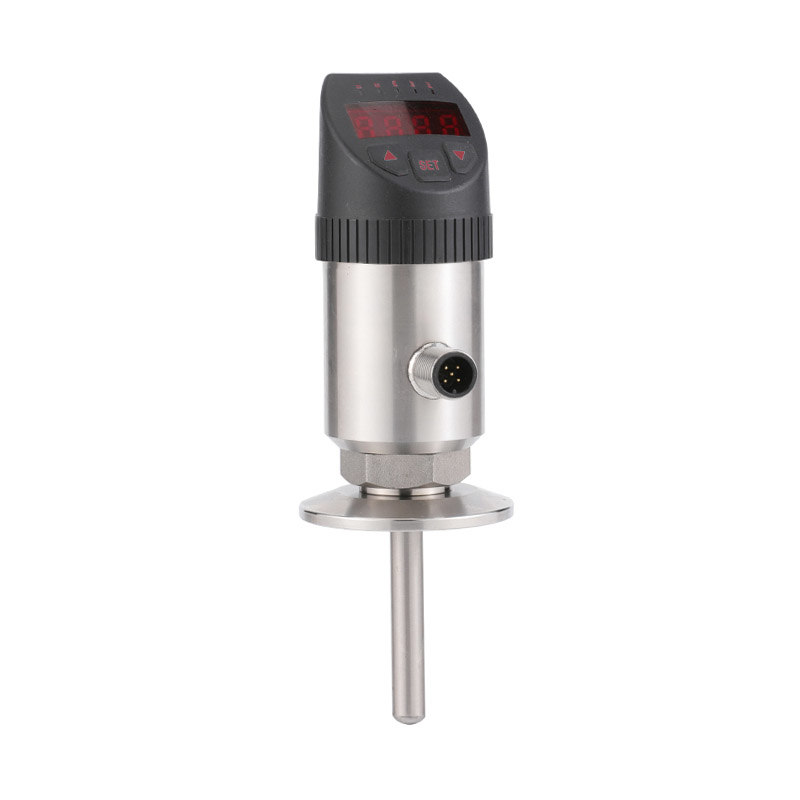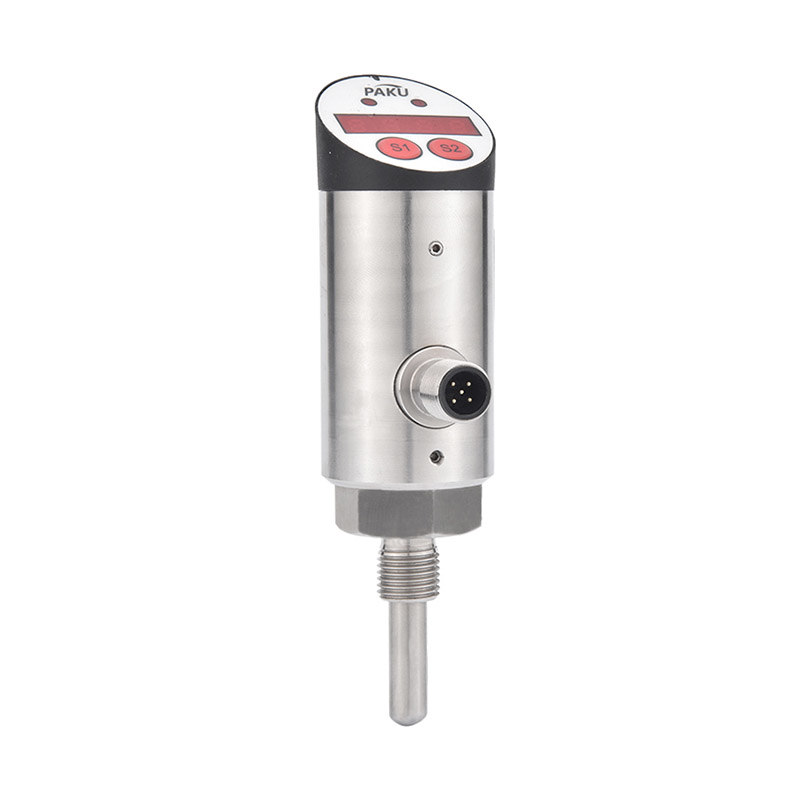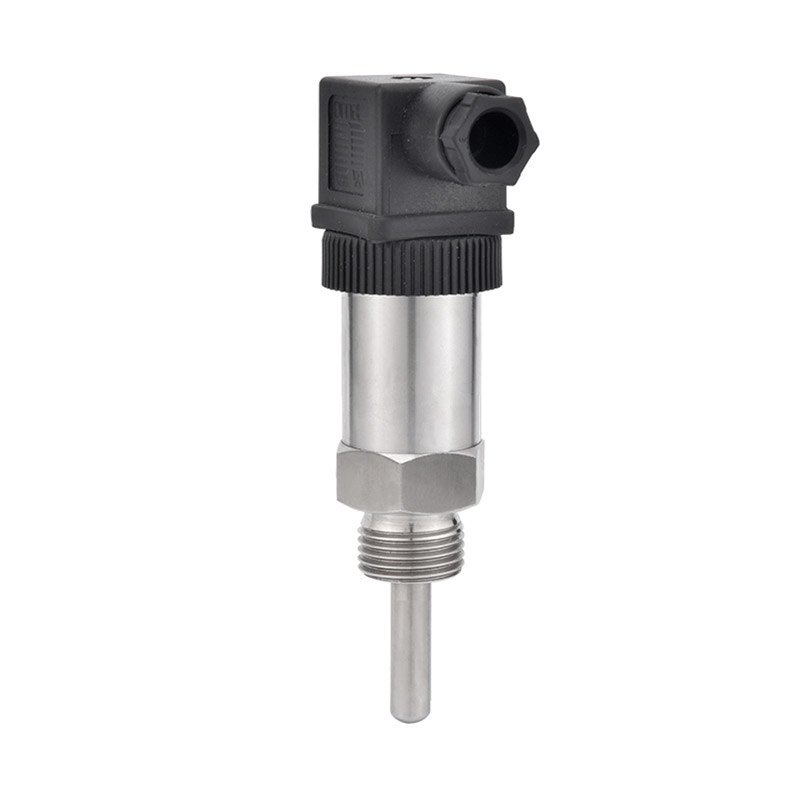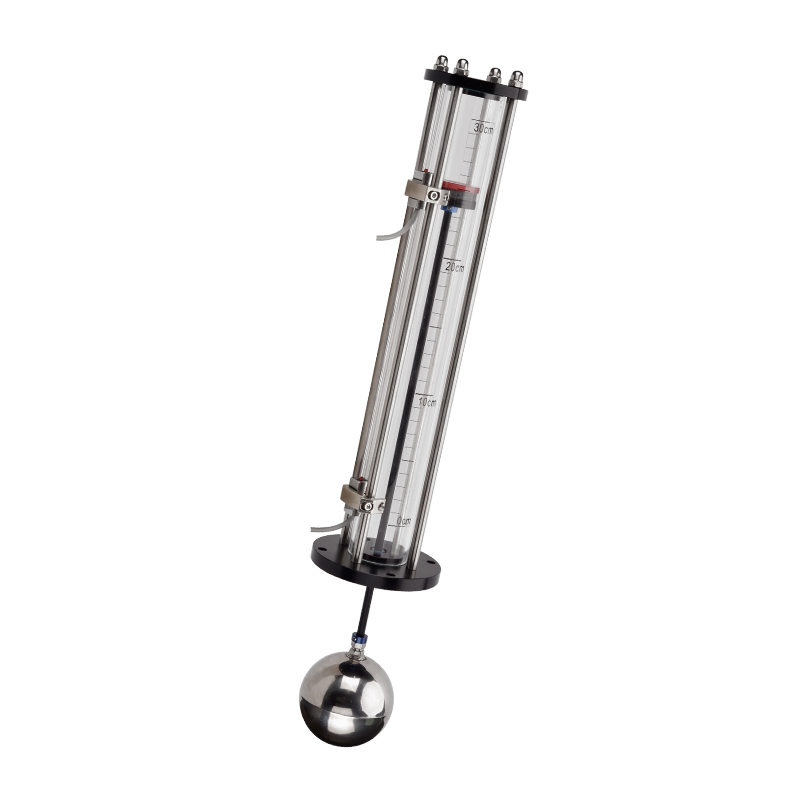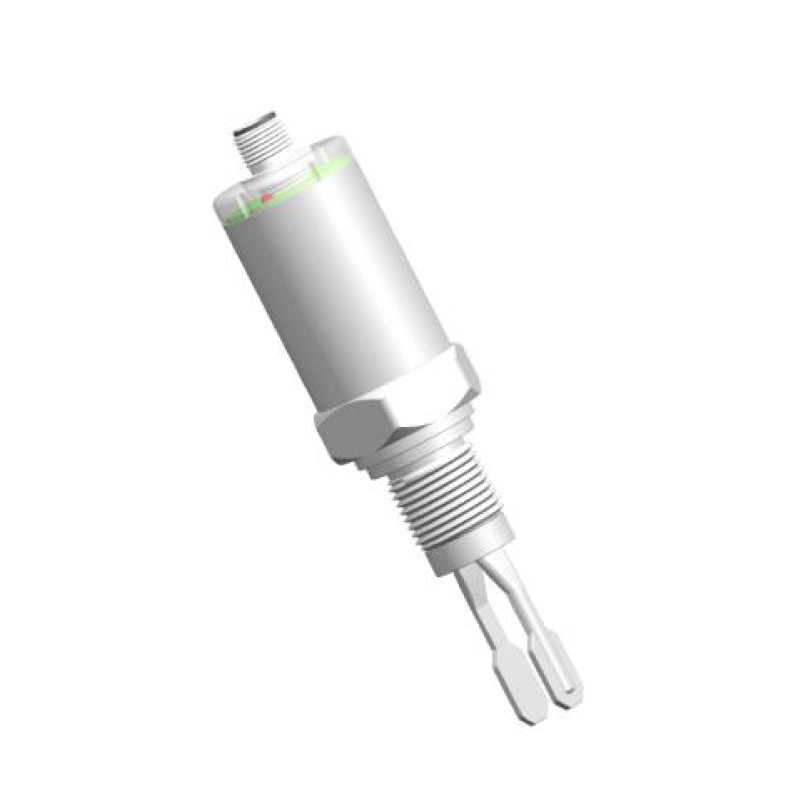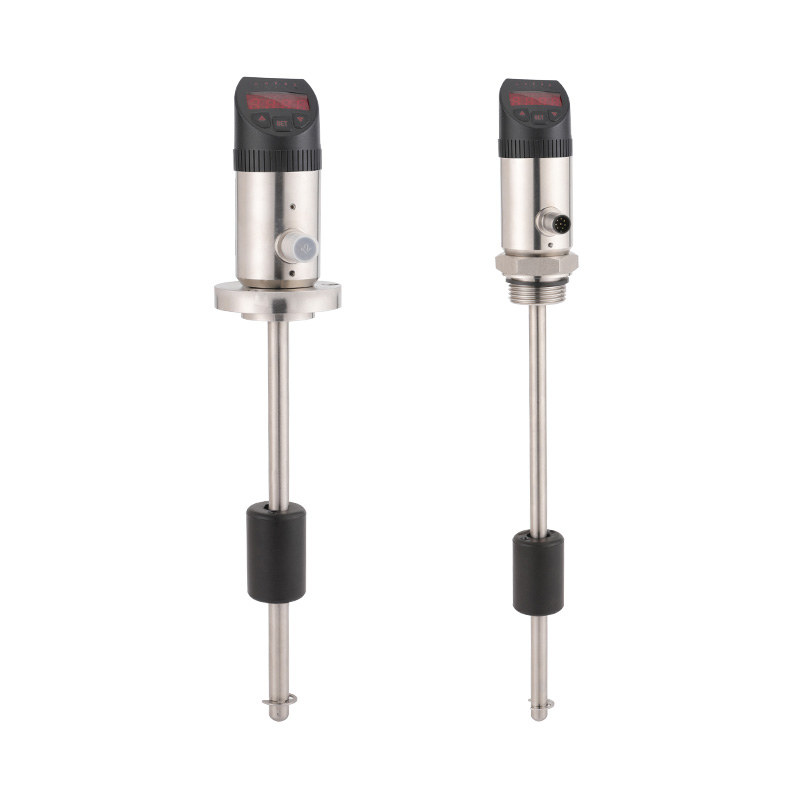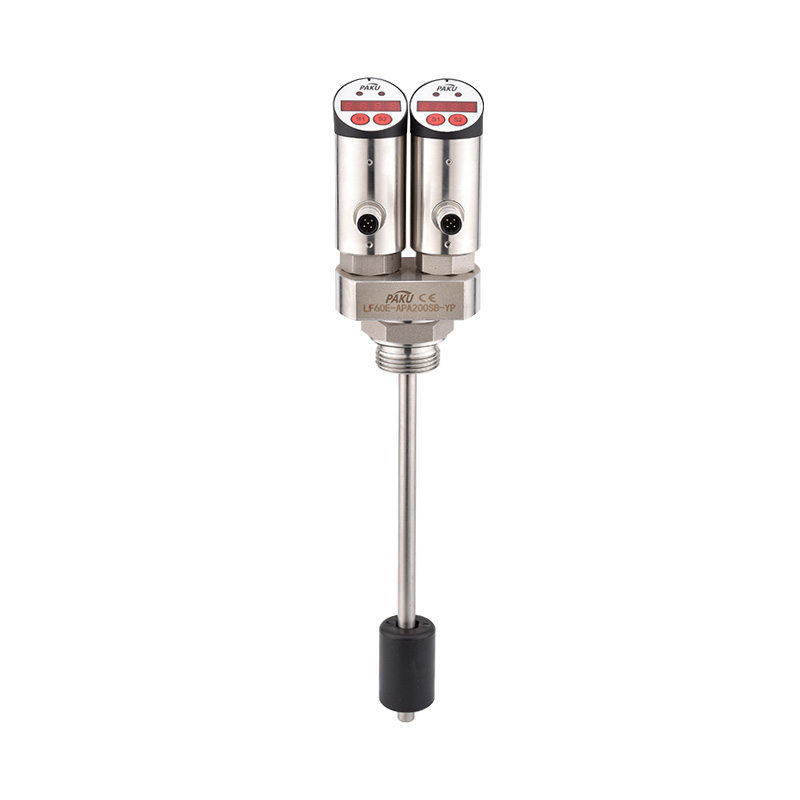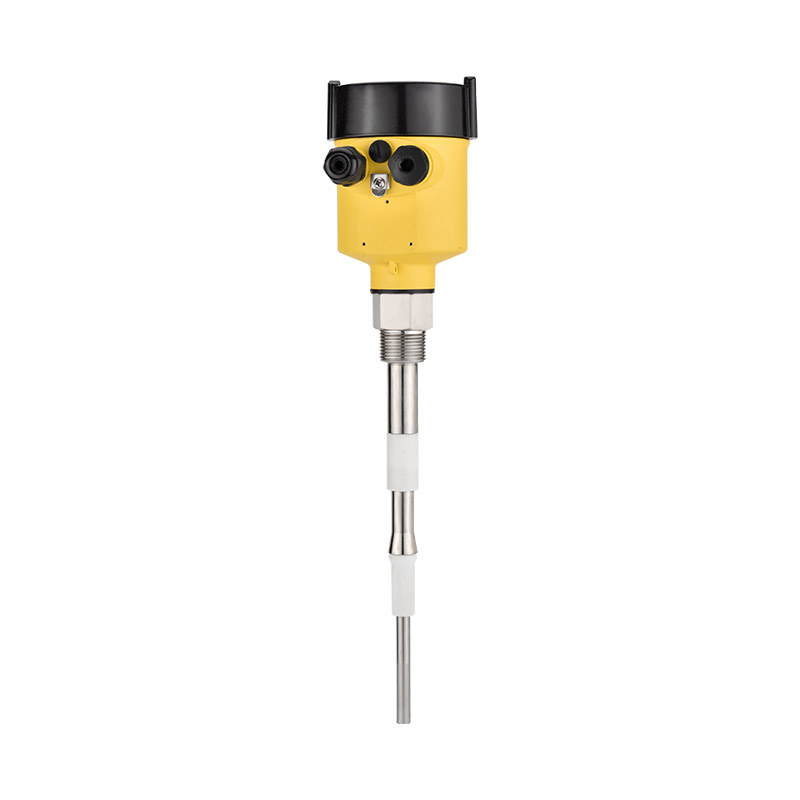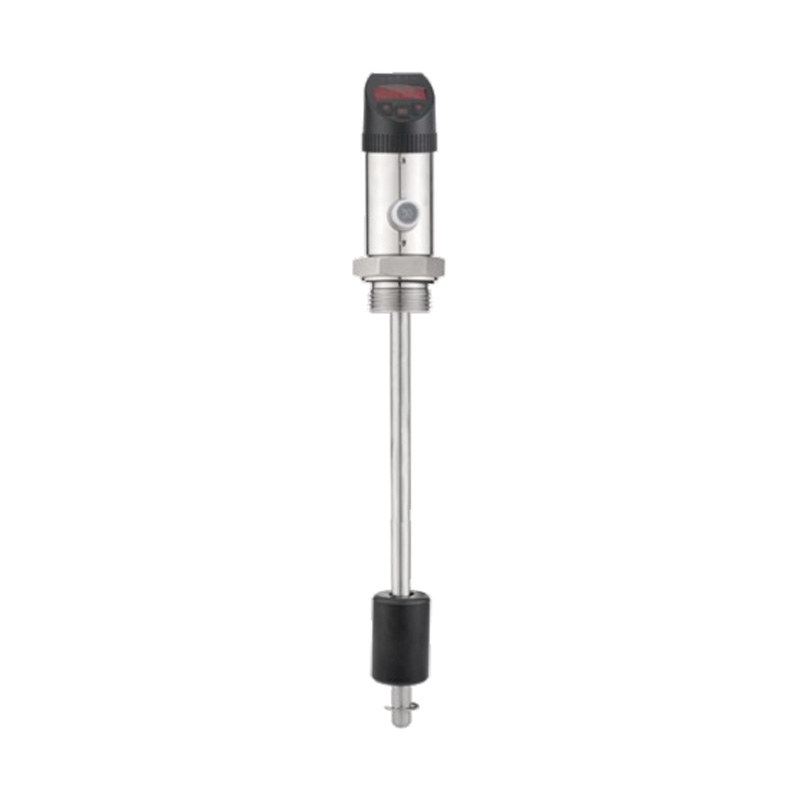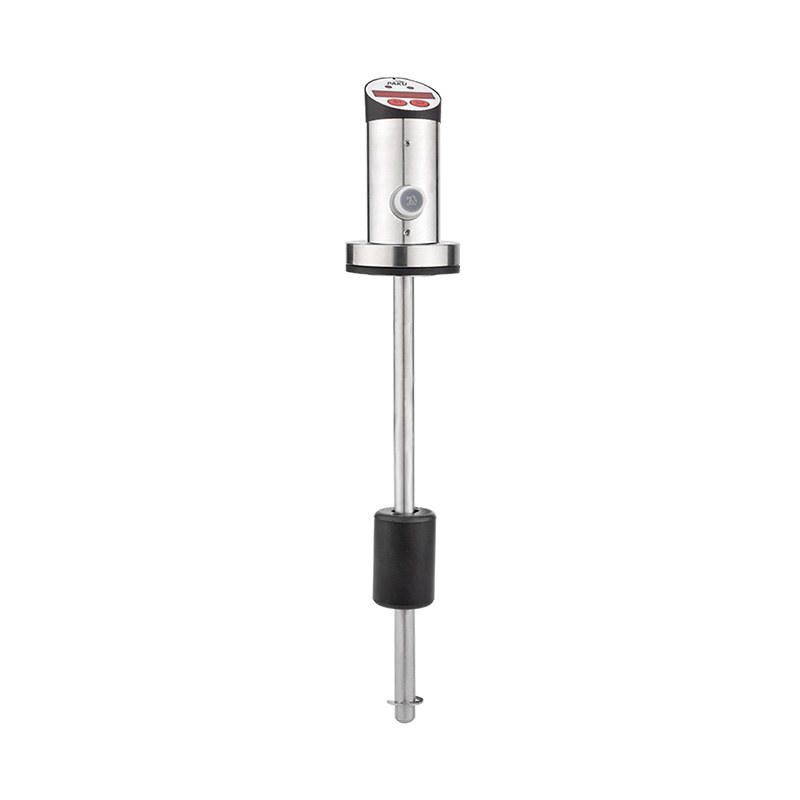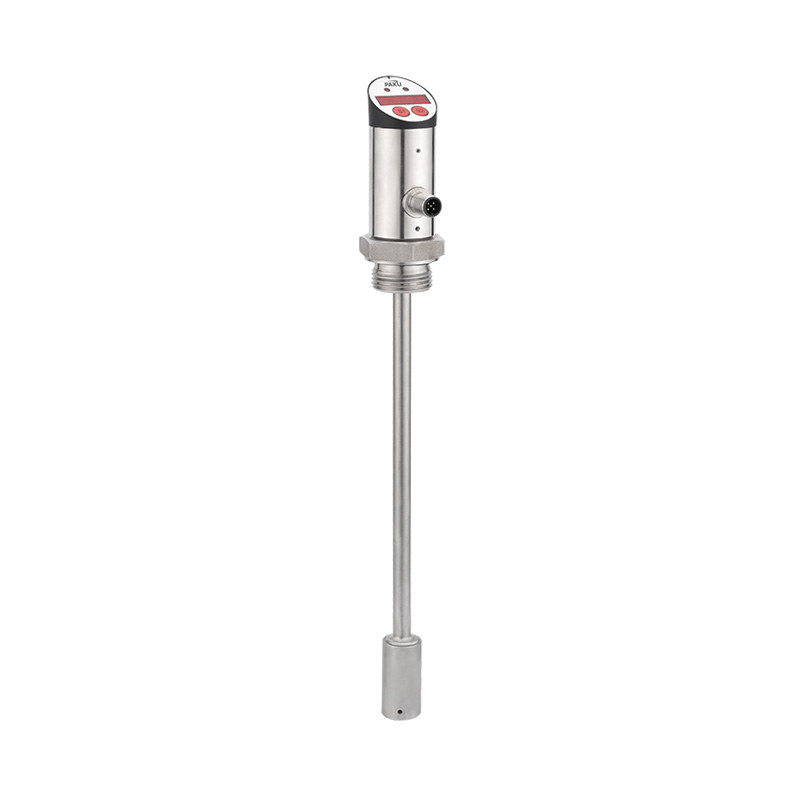If you need any help, please feel free to contact us
Selection of electromagnetic flowmeter receiving position.
The signal generated by the electromagnetic transmitter is weak, so it is an important factor to make good use of the electromagnetic flowmeter to prevent the influence of external electrical interference. It should be pointed out that although the flow signal of the transmitter is only a few mV, it cannot be determined that the interference voltage generated on the pipeline will prevent the instrument from working properly. We tested the addition of 10V and 50Hz AC voltage at both ends of the transmitter, and the instrument indication was still unaffected. Therefore, for the grounding problem of the electromagnetic flowmeter, the instrument grounding requirements cannot be blindly emphasized.
The grounding problem of the electromagnetic flowmeter, first of all, the transmitter should be electrically connected to the measured medium. This is a necessary condition for the normal operation of the electromagnetic flowmeter. Therefore, when installing the electromagnetic flowmeter on the insulating pipe, measures must be taken to meet this requirement. Secondly, for the problem of connection with the reference potential. Since the flowing medium of the ordinary metal pipe is electrically connected to the ground, this can usually be met. Therefore, the electromagnetic flowmeter does not require a separate grounding device. However, a separate grounding device is conducive to the reliable operation of the instrument. Especially when the pipeline and the medium encounter strong electrical interference, good grounding is an important factor for the normal operation of the instrument. The external interference of the transmitter is mainly the stray current in the pipeline, which is transmitted to the electrode through the medium. For example, if the high-power electrical equipment near the transmitter cannot generate electricity due to reduced insulation or other reasons, the interference signal will be transmitted to the electrode through the equipment and pipeline through the medium. In order to eliminate the interference caused by these leakage currents, we must ground the medium in the transmitter measurement pipeline. Generally, two measures are adopted:
1. There are strong leakage currents and electric field effects in the installation environment, and the transmitter must be grounded separately. The bottom line is connected to the grounding rod buried at a certain depth through multiple strands of copper wire, and the total cross-section is not less than 4 square millimeters. In relatively humid places, grounding rods are usually purchased at a depth of about one meter.
2. In the case of very strong stray currents, such as measuring the electrolyte flow in the pipeline near the electrolytic cell, the stray current will cause serious interference. The protective flange can be installed between the transmitter and the insulating tube at both ends of the transmitter. As with the general installation method, the protective flange is connected to the transmitter housing and the measuring tube through a well-grounded grounding rod. The insulating tube is connected to the process tube through a copper core, and the area of the copper core is greater than 4 square millimeters. Therefore, the leakage current is mainly from the short circuit of the copper wire, and the interference from the measured liquid to the transmitter loop is greatly reduced.

 en
en English
English Русский
Русский España
España عرب .
عرب .